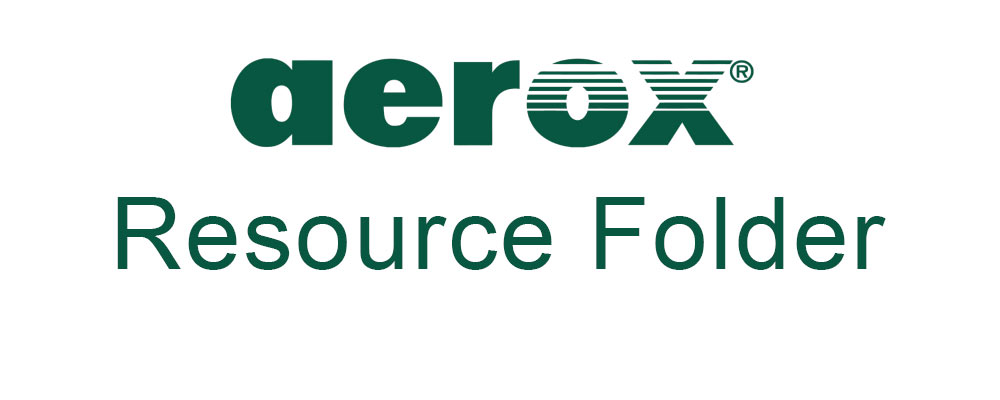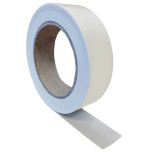Aerox 4110-711 Mask Assembly, Approved to TSO C103, No Mic
Aerox Mask Assembly, Approved to TSO C103
Manufacturer Part Number: 4110-711-X
Aerox Mask Assembly, Approved to TSO C103, No Mic
General Description
Aerox Mask Assembly, Approved to TSO C103, No Mic - The 4110-711 Series continuous flow oxygen mask is intended for use by crew and passengers in the general aviation industry at a maximum altitude of 25,000 feet. These masks have been FAA approved and manufactured in accordance with the provisions of TSO-C103. Optional equipment includes industry standard fitting for connection to portable and built-in oxygen system equipment.


| Model 4110-711 | -1 (Small), -2 (Medium), -3 (Large) |
| Weight | 10.43 oz (295.69) |
| Material | Silicone, Alum (Black Anodized) |
| Certified Maximum Altitude | 25,000 Feet |
| Communications | Speaker Diaphragm |
| Service Overhaul | 3 Years From Date Of Manufacture |
| Oxygen System Requirements | |
| Breathing Oxygen | Aviators O2 Per MIL-PRF-27210 |
| Minimum Oxygen Flow | 2.5 Liters Per Minute (NTPD) |
| Ambient Temperature | 70° F (21° C) |
| Ambient Pressure | 14.7 psia (101kPa) |
| Operating Temperature Range | +20° F To 120° F (-7° C To 49° C) |
| Relative Humidity | 5% To 95% |
| Storage Temperature |
Normal -20°F To +120° F (-29° C To +49° C) Extreme -67°F To +160° F (-55° C To +71° C) |
Flying Hypoxic is Flying Impaired - did you know that your blood oxygen saturation (SpO2) can go below 90% at altitudes as low as 8,000'?
Prior to the introduction of the Aerox system, wise pilots reserved the use of oxygen for situations where it was legally necessary, i.e. above 12,500 ft. This was often a practical decision based upon factors like: Short duration of supply, uncomfortable masks, difficult & costly refills, heavy weight and large bulk. Aerox systems address these objections with advanced designs and materials that help make oxygen use easier, more comfortable, and less expensive than ever before. Add to your flying comfort by using oxygen at altitudes as low as 5000 feet.
Aerox Oxygen Systems include lightweight aluminum cylinders, regulators, all hardware, flowmeter, and nasal cannulas (masks available as an option). Oxysaver oxygen saving cannulas and Aerox Flow Control Regulators increase the duration of oxygen supply about four times, and prevent nasal irritation and dryness. The Emergency Oxygen Packs are lightweight aluminum, refillable, & have no life limit. Just put on the mask and open the valve; no adjustment is needed. Complete brochure available on request.
Low profile
1, 2, 4, & 6 place
Standard CGA540 Aircraft filler for easy filling
Convenient top mounted ON/OFF valve
Equipped with Aerox standard plug sockets
Over-pressure safety valve
What is Oxygen?
Composition of Oxygen. Oxygen includes 21% of the atmosphere at all altitudes. The remaining atmosphere consists of 78% nitrogen and 1 % traces of other gases. Oxygen under normal conditions is an odorless, colorless, tasteless, non–combustible gas. It is the most important single element on earth. At each breath, we fill our lungs with air. Millions of tiny air sacs (known as “alveoli”) in our lungs inflate like tiny balloons. In the minutely thin walls enclosing each sac are microscopic capillaries through which blood is constantly transported, from the lungs to every cell in the body. The blood carries the oxygen extracted from the air in the lungs to every part of the body. Because the body has no way to store oxygen, it leads a breath–to–breath existence. The human body must have oxygen to convert fuel (the carbohydrates, fats, and proteins in our diet) into heat, energy, and life. The conversion of body fuels into life is similar to the process of combustion; fuel and oxygen is consumed, while heat and energy is generated. This process is known as ”metabolism“. The rate of metabolism, which determines the need for and consumption of oxygen, depends on the degree of physical activity or mental stress of the individual. Not all people require the same amount of oxygen. A man walking at a brisk pace will consume about four times as much oxygen as he will while sitting quietly. Under severe exertion or stress, he could possibly be consuming eight times as much oxygen as resting.
How Important is Oxygen in flying?
Let’s understand the importance of bringing more oxygen to the body. Blood is the liquid carrier of oxygen. Blood carries oxygen to all parts of the body to fuel its systems, stimulate its chemical reactions, and rid it of wastes and toxins. The feeling of being tired is the classic sign of oxygen–deficiency or “Hypoxia”. When we are oxygen–deficient, (which occurs at higher altitudes while flying) we are not equipped to have incomplete chemical reactions occur in our body. We don’t burn waste properly and our blood and cells become toxic. Some cells that are deficient in oxygen may mutate into colonies of disease in their battle for survival. Viruses, fungi and bacteria begin to grow. Our whole physical energy level is low and we just don’t feel right; or worse, we catch a debilitating disease. When oxygen levels are increased, our red blood cells pick up the extra oxygen and become energized. We feel better, arrive at our destination less tired and more alert for the all–important part of the flight, LANDING. Our body is healthier and we think more clearly because of increased oxygenation.
FAA and Oxygen
Oxygen Requirements at Altitude. The FAA requires that all pilots flying their aircraft above 12,500′ for 30 minutes or longer or at 14,000′ or above during the entire flight must use supplemental oxygen. The amount required is 1 liter of oxygen per minute for every 10,000′. For example, at 18,000′ there should be a flow of 1.8 liters per minute of oxygen available via a standard breathing device. The FAA requires there should be a device so attached to each breathing device that visually shows the flow of oxygen. (Aerox flow meters meet this FAA requirement.) The FAA also regulates that passengers must have supplemental oxygen available over 15,000′ and that it is recommended that supplemental oxygen be used at night at altitudes over 5,000′.
Storing Cylinders
Compressed gas containers should not be subjected to atmospheric temperatures above 130° F. A flame shall never be permitted to come in contact with any part of a compressed gas container. Containers shall not be stored near readily ignitable substances such as gasoline or waste papers, or near combustibles including oil. Containers shall not be exposed to continuous dampness nor be stored in the sun.
Why do Knowledgeable Pilots Use Oxygen Over 5000′
You can go without food for days, water for hours, but if you are denied oxygen for only a few minutes you can’t survive. Oxygen is crucial to your system. Vision is impaired as low as 5000′ especially at night (the FAA recommends oxygen at 5000′ at night). All the physical processes of your body, such as circulation, assimilation, digestion, and elimination “run” on oxygen. As a result, oxygen helps your body produce energy, balance its metabolism, purify itself of wastes, and fights fatigue. Flying tired is not fun.























